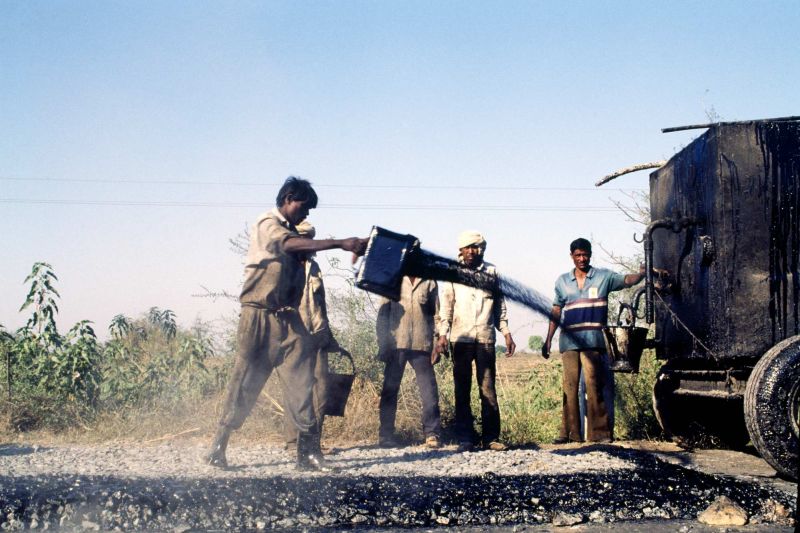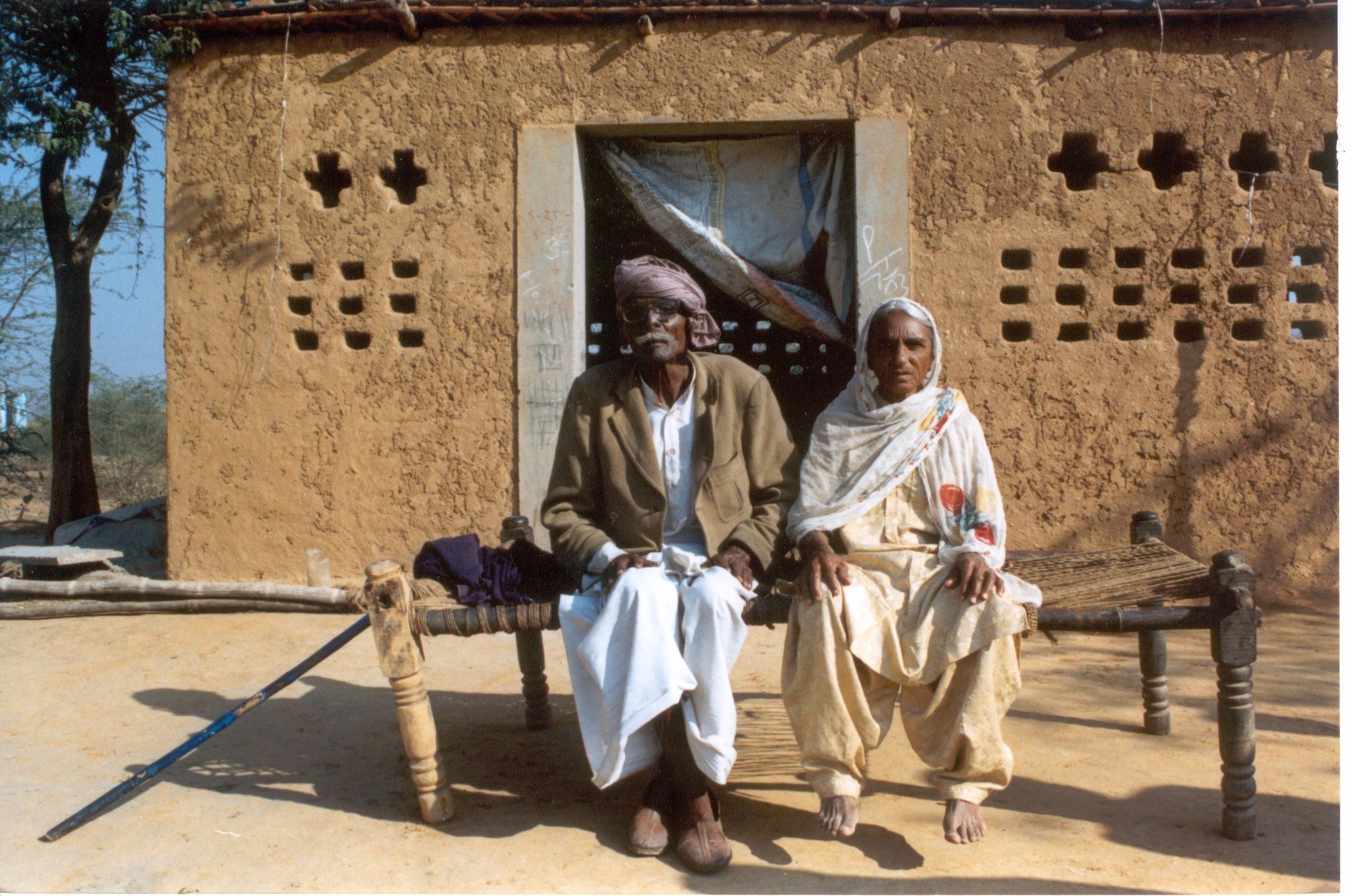Ravi Agarwal, a photographer, activist, and writer, uses his lens to peer into lives less frequently fantasized. Agarwal reframes our pity for the people he photographs as a means to learn for, “You could only know people not like you as poor [...] but when you go to them you don’t think of them as poor, you think of the word people and you think of the word community [...] and the third word they bring to you is the idea of dignity” he tells Michael Lerner.
Following the lives of some of the world's most politically and economically marginalized people - “the citizens who are not citizens in a sense” - Agarwal created Down and Out: Labouring Under Global Capitalism (1997-2000) and Bhatti Mines (2004). Agarwal’s work aligns with the United Nations Sustainable Development Goals and the necessity for Decent Work and Economic Growth by highlighting the reality of the lives of the hundreds of millions left behind in the name of “modernization” and “progress”.

Photographed in South Gujarat, Down and Out: Labouring Under Global Capitalism captures short glimpses into the lives of migrant labour workers. These photographs shed light on the lives of about 456 million people that migrate from India’s countryside to the city in hopes of jobs and better salaries. While the city opens up around 8 million to 10 million jobs every year, workers are exposed to the not-so-appealing aspects of city life - large crowds, crime, and unaffordable rent. As a result these workers are either pushed to urban slums, or back to villages.
Bhatti Mines, photographed in 2004, covers another tragic aspect of city living where, “A traditional and proud community is displaced when the forest they live in, is newly demarcated as a protected one” as Agarwal himself describes this piece. Communities in the area are facing water sanitation crisis and more than 4,500 families are facing demolitions and forced evictions from their homes to turn the site into a wildlife sanctuary, Agarwal uses his lens to empower the residents of this forgotten community.

While the responsibility lies on the Indian government to, "promote development-oriented policies that support productive activities, decent job creation, entrepreneurship," the responsibility extends further to the developed world’s hand as well.
Addressing the root of such setbacks by historically situating India’s place in the global economy paints a much fuller picture. From 1820 to 1920, all of South Asia was at the peak of British imperialism. Through the East India Company, Britain seized control over India’s cotton, grain, and opium industry pushing Indian citizens to poverty, disease, and famine in the boundaries of their own land.
Covered in depth by Mike Davis in his book entitled Late Victorian Holocausts: El Niño Famines and the Making of the Third World, policies enacted by the British during their rule emphasized a need to “modernize” and “improve.”
During this period, however, India suffered five major famines resulting in the death of millions and the country incurred no rise in GDP. So it is safe to say these policies were not only cruel but largely ineffective on any political and economic level.
How can it be expected for India to participate in a global economy that was created through its dispossession and destruction? The same can be said for all post-colonial nations. Work like Agarwal’s illuminates the necessity for reparations to be made by the developed world in order for, “sustained and inclusive economic growth [that] can drive progress, create decent jobs for all and improve living standards.”
Viewing the trickle down effects of global capitalism from a different perspective, Trace City, an ongoing project, tackles the issue of waste management as a result of overconsumption. Heaps of garbage piled against the backdrop of the city’s skyline highlights the United Nations Sustainable Development Goal of Responsible Consumption and Production. What is usually avoided in the shot or photoshopped away later, Agarwal brings to the center of his images.
At present, 2.01 billion tonnes of waste is generated annually. Even more shocking is that 34 per cent of this waste, i.e. 683 million tonnes, is generated by global market leaders that only account for 16 per cent of the world’s population. Agarwal’s work challenges viewers to reassess their consumption patterns and position themselves as better consumers in our capitalist world. At the same time, it challenges global leaders to set a better standard where future generations can appreciate the skyline no matter where they stand.
